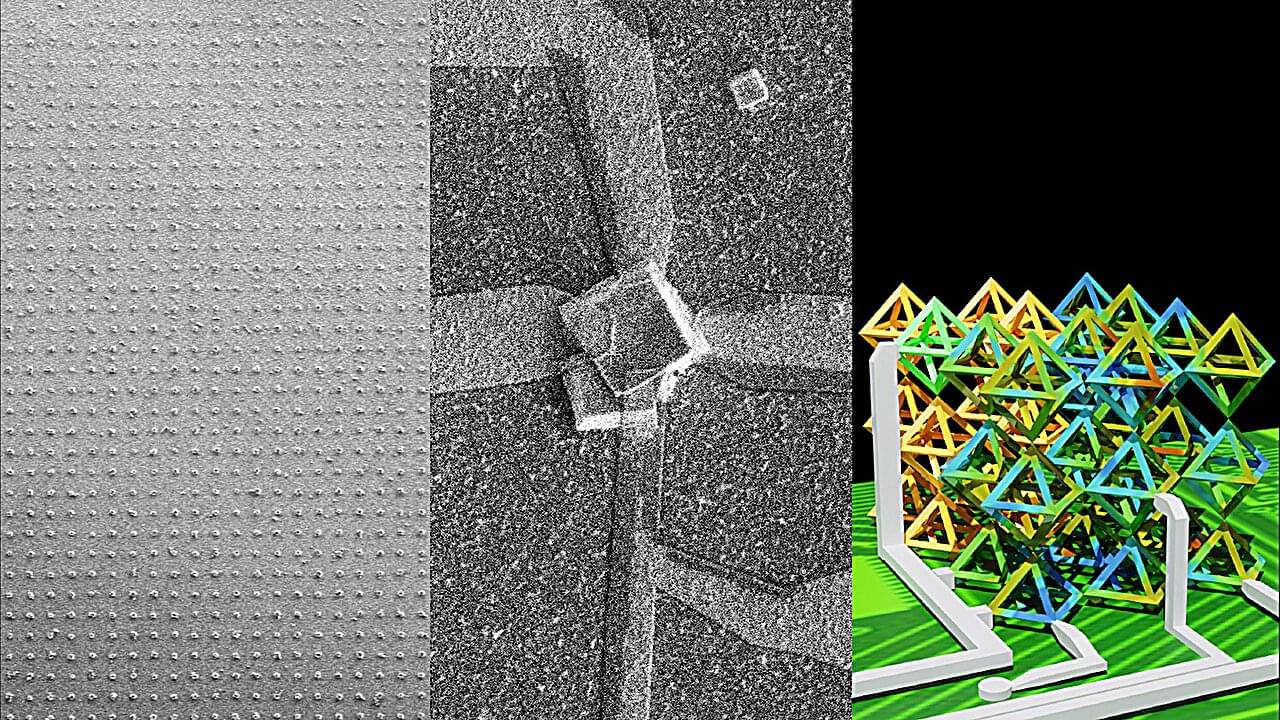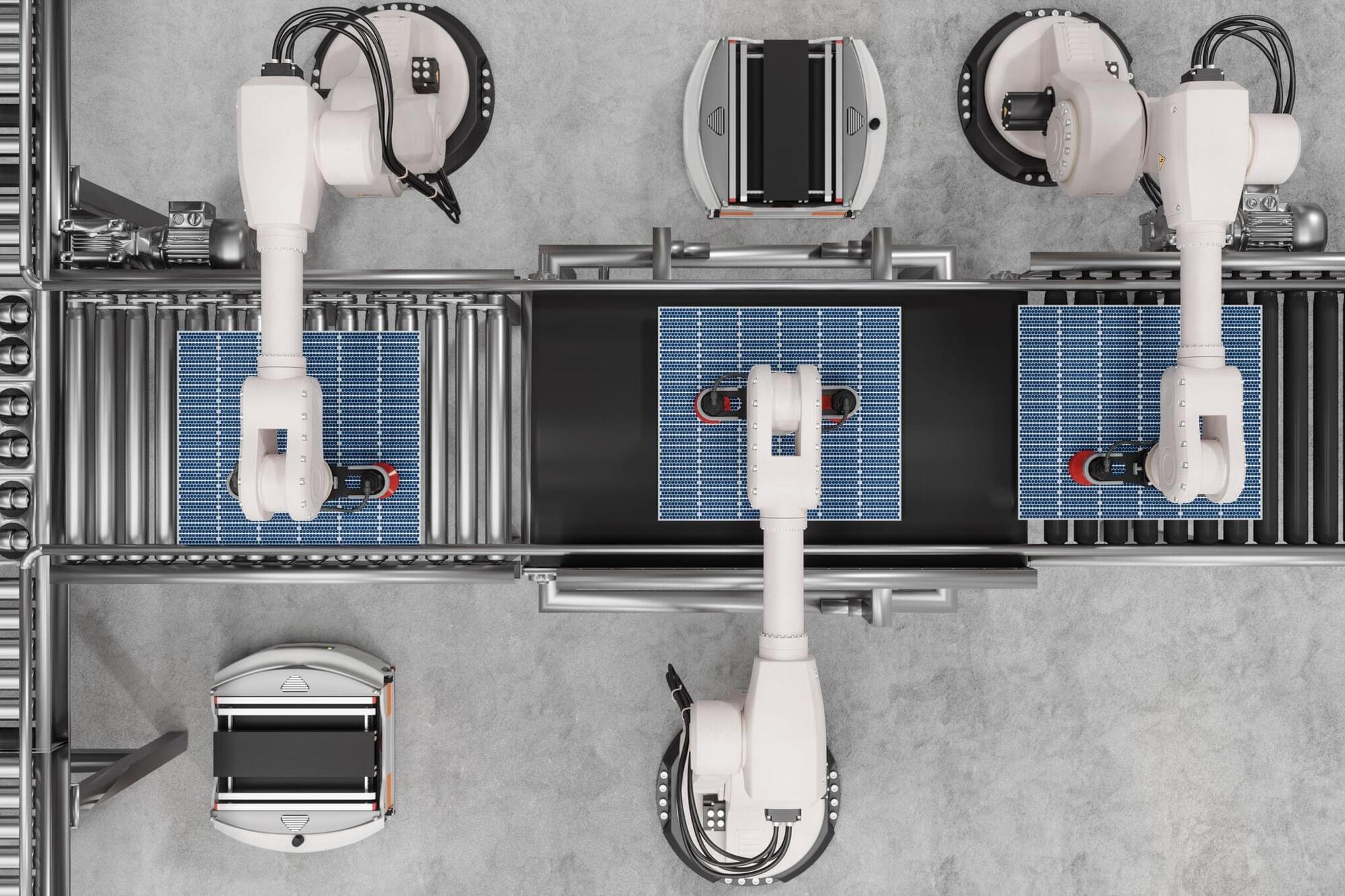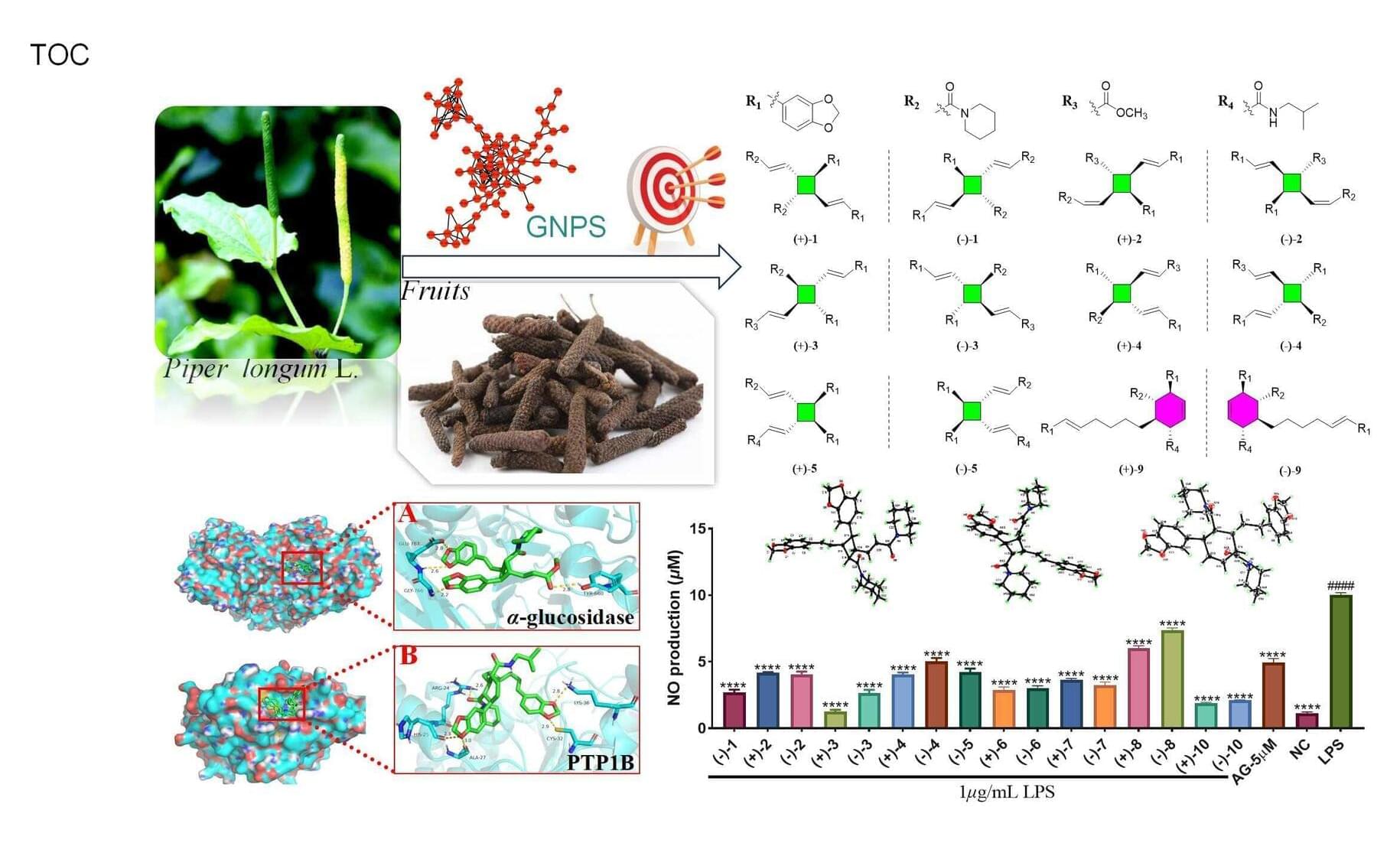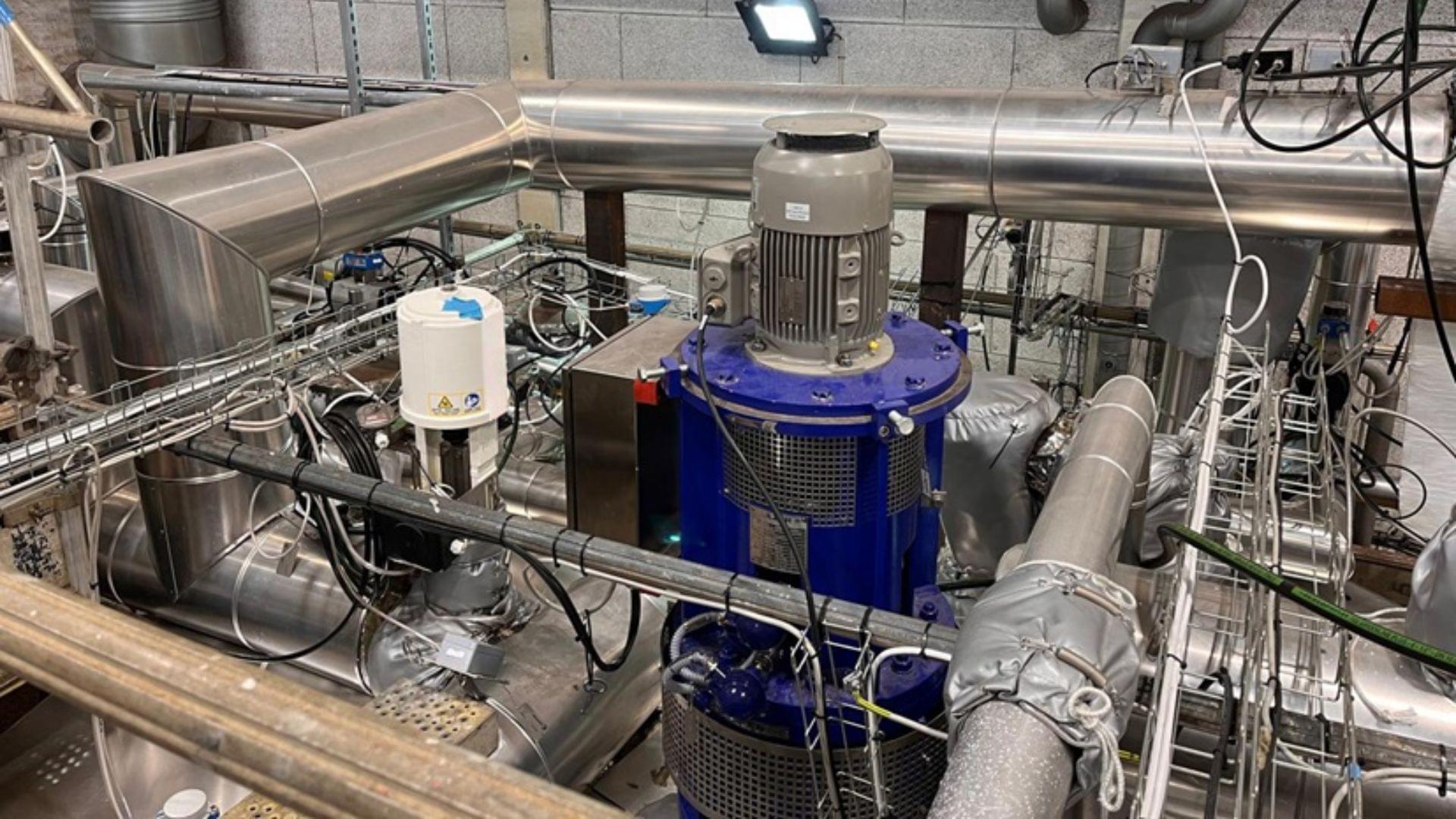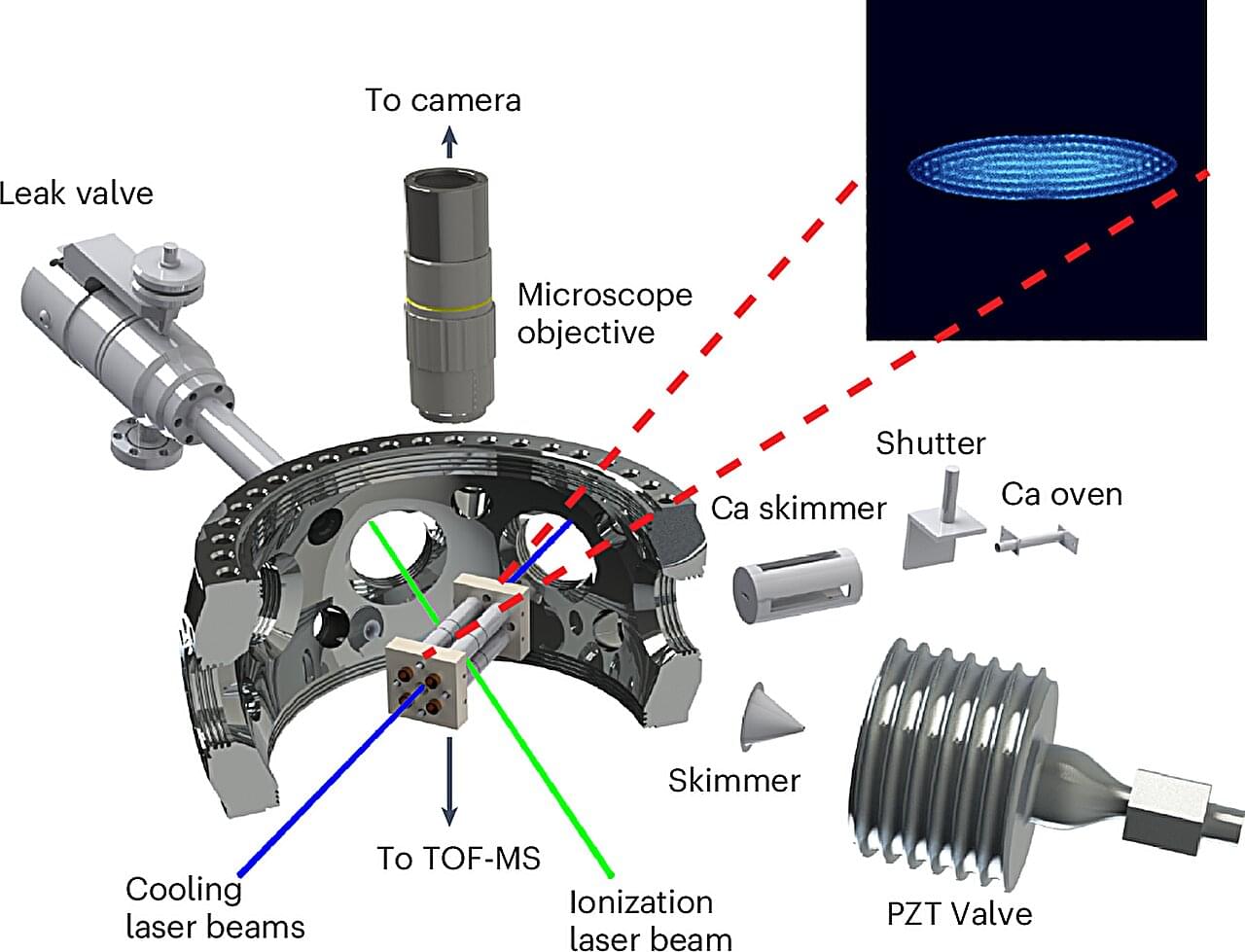Chewing gum releases hundreds of tiny plastic pieces straight into people’s mouths, researchers said on Tuesday, also warning of the pollution created by the rubber-based sweet.
The small study comes as researchers have increasingly been finding small shards of plastic called microplastics throughout the world, from the tops of mountains to the bottom of the ocean – and even in the air we breathe.
They have also discovered microplastics riddled throughout human bodies – including inside our lungs, blood and brains – sparking fears about the potential effect this could be having on health.

